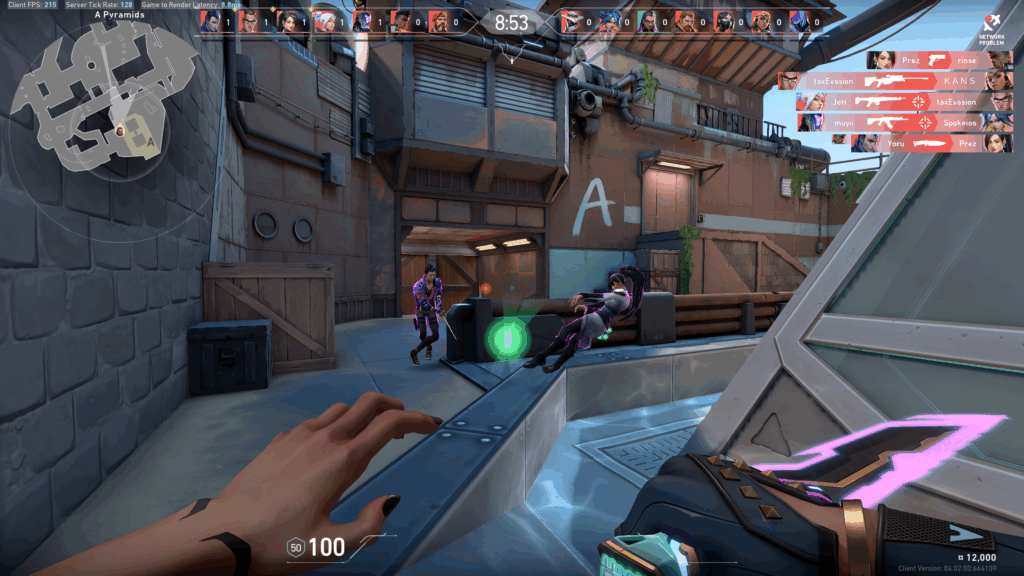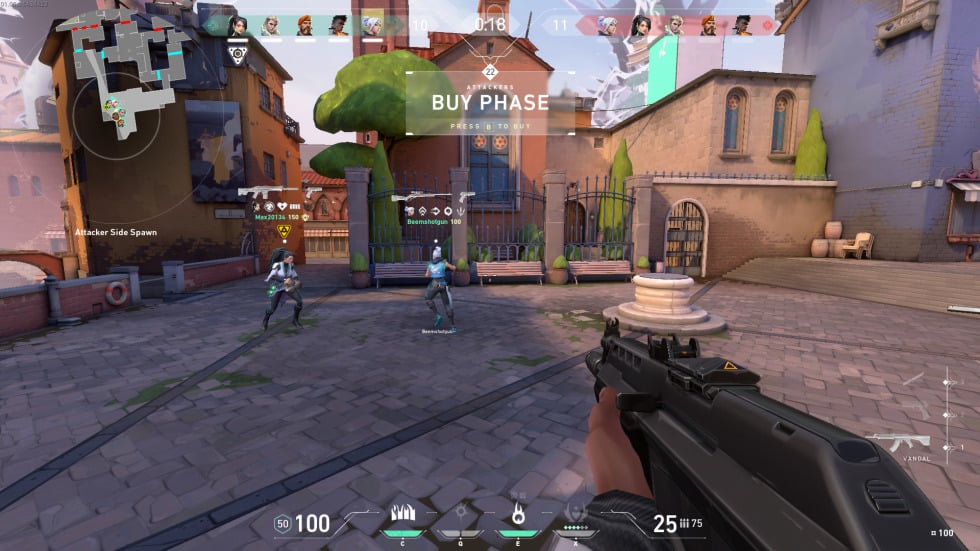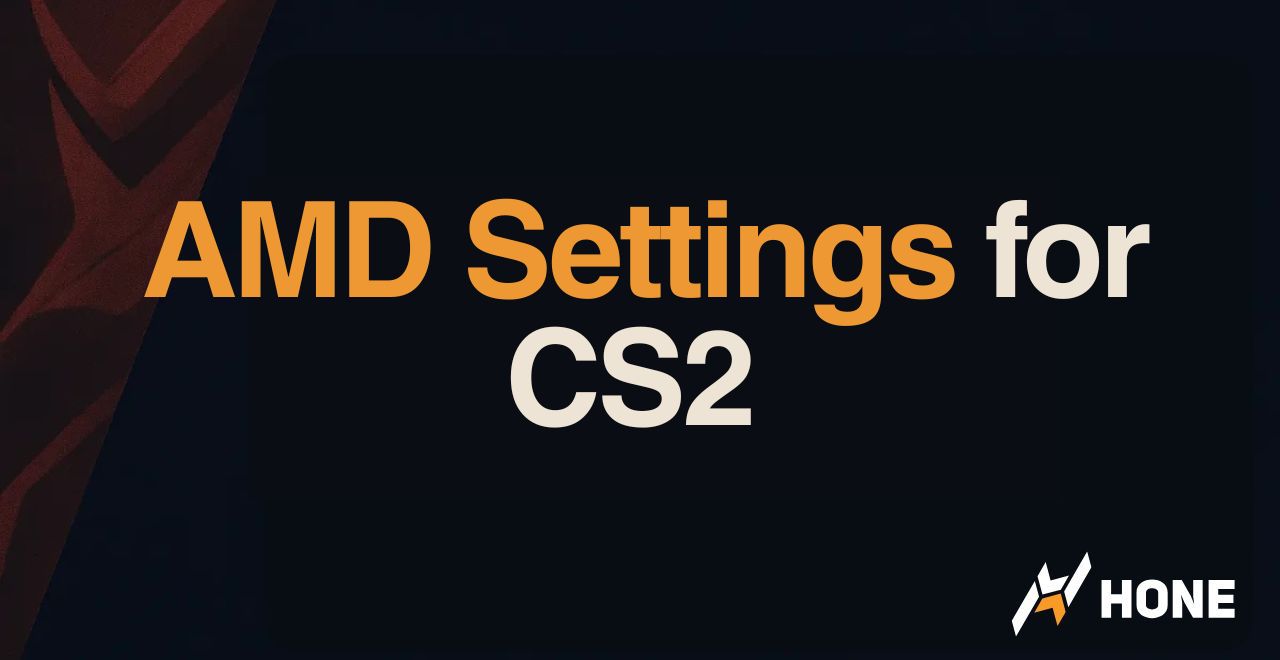That split second of delay. Your crosshair was perfectly placed, you clicked, but somehow you died first. Or maybe your game freezes right as an enemy peeks. Welcome to the frustrating world of Valorant lag, where milliseconds determine whether you’re the hero or the victim.
Here’s what’s actually happening: Valorant lag isn’t one problem, it’s at least five different issues masquerading as the same symptom. Your “lag” could be stuttering from shader compilation, Vanguard eating CPU cycles, packet loss from bad routing, or any combination of technical gremlins.
What Kind of Lag Are You Experiencing?
Click the symptom that best matches your problem
Stuttering & Micro-Freezes
Game freezes for split seconds, especially when enemies appear or abilities are used
Input Delay
Actions feel delayed, shots register late, movement feels sluggish
Rubber Banding
Character teleports back, enemies appear to skip frames
Overall Choppy Feel
Everything feels unsmooth despite showing good FPS numbers
Why is Your Valorant Lagging?

Before fixing anything, you need to understand that “lag” in Valorant comes from completely different sources. What you perceive as one problem is actually multiple systems failing in different ways. Let’s break down the technical reality.
Real-Time Performance Impact Simulator
Network lag comes from your internet connection: high ping, packet loss, rubber banding. This is a data transmission problem.
Applying network fixes to client problems (or vice versa) will never work. You must diagnose correctly first.
How Vanguard Anti-Cheat Kills Performance
Riot Vanguard isn’t just another anti-cheat. It’s a kernel-level driver that loads before Windows itself, giving it unprecedented system access. While this makes it extremely effective at catching cheaters, it also creates unique performance challenges.
Unlike other games where anti-cheat only runs during gameplay, Vanguard operates 24/7 from the moment you boot your PC. This constant monitoring consumes CPU resources even when Valorant isn’t running. Testing shows Vanguard can cause a 5-15% performance hit in other games and applications.
Vanguard Optimization
⏱️ 5 minutes
- Check for Vanguard conflicts in Task Manager (vgc.exe using high CPU)
- Disable hardware monitoring tools (MSI Afterburner, iCUE, etc.)
- Update motherboard chipset drivers from manufacturer
- If stuttering persists, fully reinstall Vanguard
Known Vanguard Conflicts
Software to disable/update
These programs commonly conflict with Vanguard:
- • CPU-Z, GPU-Z (hardware monitors)
- • ASUS AI Suite, Gigabyte App Center
- • Certain RGB software versions
- • Older audio drivers (especially Realtek)
- • Backup software (EaseUS, Acronis)
The AMD Shader Compilation Nightmare
Here’s a technical truth that explains why AMD GPU users suffer more stuttering: Valorant uses DirectX 11, an older API that can’t pre-compile shaders. When you see a new skin, ability effect, or agent for the first time in a match, your PC must compile that shader on the spot.
This compilation process causes a massive CPU spike lasting 50-200 milliseconds. During this time, your GPU sits idle waiting for instructions, causing the dreaded micro-freeze. NVIDIA drivers handle this process more efficiently, while AMD drivers struggle, creating stutters that feel like lag but have nothing to do with your internet.
The Shader Pre-Loading Process
⏱️ 20-30 minutes (one time)
- Step 1: Download MPO-GPU-Fix tool to disable Multiplane Overlay (Windows feature causing AMD issues)
- Step 2: In AMD Adrenalin, manually set GPU clocks (Min: 2400MHz, Max: 2500MHz) to prevent aggressive downclocking
- Step 3: Enter The Range in Valorant
- Step 4: Select EVERY agent one by one and use ALL abilities (Q, E, C, X)
- Step 5: Switch through all weapon skins you own
- Step 6: Play 2-3 Swift Play matches to encounter remaining assets
The Patch History: When Updates Break Everything

Valorant has a documented history of patches that dramatically worsen performance for certain players. Understanding this pattern helps explain why your game “used to run fine” and validates that you’re not imagining things.
Major Performance-Breaking Patches
Network Lag: The Middle Mile Problem Nobody Talks About
Your internet connection to Valorant servers isn’t a straight line. Data packets hop through multiple networks owned by different companies. When your ISP chooses a bad route, you get high ping and packet loss even with “good internet.”
Your Data’s Journey to Valorant Servers
The “middle mile” between your ISP and Riot can add 100+ ms of latency
Diagnose Routing Issues
⏱️ 5 minutes
- Open Command Prompt as Administrator
- Type: tracert valorant.server.ip (find server IPs online)
- Look for sudden latency jumps (50ms+ increase)
- Screenshot results showing the problematic hop
Regional Issues
Known problem areas
Australia: Vocus network causes 140ms+ ping spikes
Middle East: AWS servers instead of Riot Direct = higher base latency
SEA: Undersea cable congestion during peak hours
The Complete Fix Hierarchy: From Quick to Nuclear
Now that you understand the science, here’s the exact order to try fixes. Start at Tier 1 and work down. Most players find their solution in the first two tiers.
Essential First Steps
⏱️ 10 minutes total
- Enable performance graphs (Settings > Video > Stats) to identify the issue type
- Update GPU drivers directly from NVIDIA/AMD website
- Close ALL background apps (especially Chrome, Discord, streaming software)
- Switch to Ethernet if on WiFi (solves 50% of “network lag”)
- Set Windows Power Plan to High Performance
In-Game Optimization
⏱️ 5 minutes
Apply these exact settings for maximum performance:
- • Display Mode: Fullscreen
- • Resolution: Native
- • Frame Rate Limit: Off
- • NVIDIA Reflex: On + Boost
- • Multithreaded Rendering: On
- • All Quality Settings: Low
- • VSync: Off
- • Anti-Aliasing: None
Advanced Solutions
⏱️ 30+ minutes
- AMD users: Complete shader pre-compilation process (detailed above)
- Clean reinstall Vanguard + Valorant
- Run Windows in Clean Boot mode to identify conflicts
- Use DDU for clean GPU driver install
- Check BIOS for TPM 2.0 and Secure Boot (required by Vanguard)
- Network issues: Try gaming VPN or contact ISP with tracert data
Memory Leaks and Performance Degradation
Valorant has a documented history of memory leaks where RAM usage climbs continuously during play. Players report the game consuming 13GB, 20GB, or even all available memory. This isn’t normal behavior and indicates poor memory management in the game’s code.
Memory Leak Progression
Memory Leak Workaround
Until Riot fixes this:
- Restart Valorant every 2-3 hours of play
- Monitor RAM usage in Task Manager
- If over 8GB, restart immediately
- Close Chrome completely (major RAM hog)
The Bottom Line
Valorant lag isn’t a single problem with a single solution. It’s a complex mix of client-side stuttering from shader compilation, Vanguard overhead eating CPU cycles, network routing failures adding latency, and patches that regularly break performance for specific hardware configurations.
The key to fixing your lag is accurate diagnosis. Use the in-game performance graphs to determine whether you have a client FPS problem or a network latency issue. From there, work through the solution tiers systematically. Most players find their fix in basic optimizations, but some (especially AMD users) need the advanced shader pre-compilation process.
Frequently Asked Questions
Why does Valorant stutter on my high-end PC?
High-end PCs often stutter due to shader compilation issues (especially on AMD GPUs), Vanguard anti-cheat conflicts with monitoring software, or the game’s single-threaded CPU bottlenecks. The DirectX 11 API can’t pre-compile shaders, causing micro-freezes when new effects appear. Follow the AMD shader pre-loading process or disable conflicting software.
Is Valorant more CPU or GPU intensive?
Valorant is heavily CPU-intensive, particularly on single-core performance. The game’s competitive design prioritizes high frame rates over visual fidelity, making the CPU the primary bottleneck. Most players see minimal FPS improvement from GPU upgrades but significant gains from faster CPUs.
Why does Valorant lag after patches?
Patches often reset shader caches, introduce memory leaks, or change CPU threading behavior. The Unreal Engine 5 migration (Patch 11.02) particularly affected AMD users. Patch 8.11’s threading “optimization” broke performance on multi-core systems. Solutions include reinstalling Vanguard, clearing shader caches, and applying specific fixes for your hardware.
How do I fix packet loss in Valorant?
Packet loss is a network issue, not a PC problem. Use Ethernet instead of WiFi, run tracert to identify routing problems, and contact your ISP with the results. If ISP routing is bad, gaming VPNs like ExitLag can bypass problematic routes. Regional issues (Australia’s Vocus network, Middle East AWS servers) often require VPN solutions.
Does Riot Vanguard cause lag?
Yes, Vanguard can cause 5-15% performance loss. It runs at kernel level 24/7, consuming CPU resources even when Valorant isn’t running. It conflicts with hardware monitoring software, certain drivers, and other system tools. Disable conflicting programs or perform a clean Vanguard reinstall to minimize impact.
Why does Valorant stutter on AMD GPUs?
AMD drivers handle DirectX 11’s on-the-fly shader compilation poorly compared to NVIDIA. When new effects appear (abilities, skins), the CPU must compile shaders instantly, causing 50-200ms freezes. Fix this by pre-loading all shaders in practice range, setting stable GPU clocks, and using the MPO-GPU-Fix tool.
How much RAM does Valorant actually need?
Valorant should use 4-6GB of RAM normally. However, memory leaks can cause usage to climb to 13GB, 20GB, or more over time. This is a known bug that appears after certain patches. Restart the game every 2-3 hours to prevent crashes. Having 16GB total system RAM is recommended to handle these leaks.
What’s the best way to diagnose Valorant lag?
Enable performance graphs in Valorant Settings > Video > Stats. Watch for: Low/dropping FPS = client-side issue (your PC). High/spiking ping = network issue. Packet loss above 0% = connection problem. Use Task Manager to check if Vanguard (vgc.exe) is using high CPU. This diagnosis determines which fixes to apply.






 Discord
Discord
 Instagram
Instagram
 Youtube
Youtube
 TikTok
TikTok